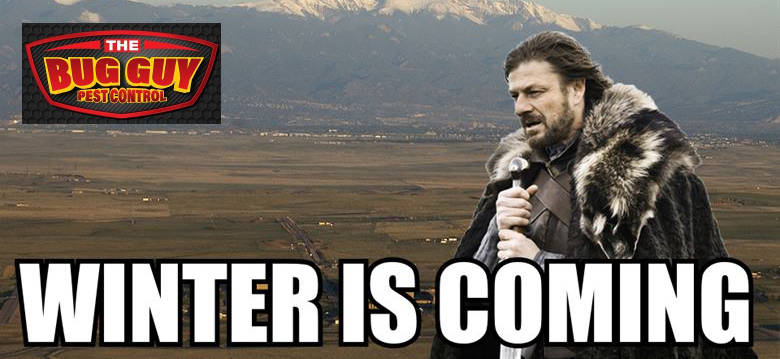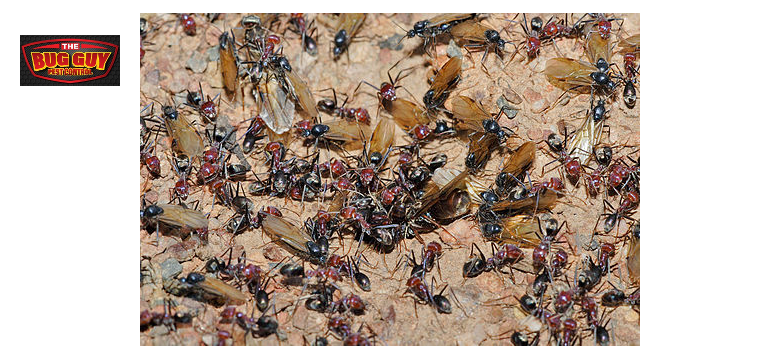
by The BugGuy | Aug 22, 2018 | Pest Control, Season Changes
Why do bugs come inside when it gets cold? Do you notice that every fall, (Fall is about a month away!) bugs collect on the side of your home? Worse, they even get inside. Do you find clusters of bugs near your windows and in your attic? Why do insects come inside...

by The BugGuy | Aug 8, 2018 | Ants, Insects, Pest Control, Season Changes
Flying Ant Day 2018 Came Early this year. What should we expect come fall/winter? Since flying ant day came early this year the diligent ants have had more time to work and multiply. This could cause an increase in home infestations as the weather cools down this fall...




